Ep. 254: 7 Tips to Find Listings in a Low-Inventory Market
How to Get Listings in the Current Housing Market
Who should listen: Real estate agents who aren’t afraid to think outside the box and explore atypical places to find listings during this period of low inventory.
Key idea: Agents are going to have to make calls and talk to people to tap into these overlooked lead-gen sources.
Action item: Pick up the phone and starting building relationships with clients and potential clients because if you don’t, someone else will.
You’ve undoubtedly heard the expression that whatever you’re looking for is always found in the last place you look.
But what do you do if what you’re looking for are places to look?
Then what?
For real estate agents in nearly every state, this riddle defines their current reality. Everyone wants to know where to find home listings.
The country is in the midst of what could be a prolonged shortage of listings. Sellers’ agents are struggling to find homeowners willing to sell, while buyers’ agents are grappling with trying to close deals without needing to promise to include their clients’ first-born children.
This week, we offer to Stay Paid listeners a list of sometimes overlooked places where (with a bit of effort) agents are likely to find or create listing opportunities:
- Homeowners who need to sell before they can buy
- Brokerages where agents have retired or dropped out
- Referrals from your contact database
- Neighborhoods with elderly residents
- Absentee owners/expired listings
- FSBOs
- Circle prospecting
When you listen to this Silver Dollar episode, you’ll get all the tips needed to exploit every possible opportunity presented by these seven lead-gen sources (like engaging in circle prospecting before the actual seller’s agent gets around to it). Here we’re going to elaborate on one: your contact database and the potential high-quality referrals you can pull from it.
Overcoming the loyalty gap
In the 2020 Profile of Home Buyers and Sellers, researchers for the National Association of REALTORS® (NAR) reported that 89% of home sellers said they would “definitely” or “probably” recommend their agent. However, the same report claims that only 27% did refer their agent since selling their home. We call this the loyalty gap, and we believe it exists because agents fail to remain in touch with their clients consistently.
When agents fail to nurture relationships with their clients sufficiently, it’s difficult to remain top of mind. Clients forget, and the opportunities for referrals disappear like a faded memory.
And with the story being told by the numbers, being remembered versus being forgotten could make or break your year.
According to The Neighbor 2020 – 2021 American Migration Report, 56% of Americans plan to move in 2021. That’s 21% more than was reported for 2020. Combine that nugget of information with a statistic from Tom Ferry, who recently posted on Instagram that between 7% and 8% of the people in your contact database are actively looking to move, and the conclusion is compelling—you’ve got GOLD IN YOUR DATABASE waiting to be mined.
But the loyalty gap is only one facet of the overarching problem concerning referrals. The other is the quality of the referrals agents receive.
Securing high-quality client referrals
Listeners of our interview with Dan Allison learned that all referrals are not equally good, and that there are some clients whose referrals you don’t want.
Dan is an expert at helping businesses garner more referrals from their existing clients. Beyond explaining that asking for client referrals is the only way to get client referrals (since referrals don’t fall from the sky), he instructs his clients to know how and who to ask for referrals. The best clients to offer referrals, he says, are the ones who:
- see so much value in their own experience with you that they would confidently take the risk to refer someone important;
- understand the comprehensive nature of all you do and can convey your value proposition in a way that makes an impact;
- have a clear idea of the person who would be your ideal client;
- understand that a personal introduction is needed to make the referral occur;
- be comfortable in providing referrals.
The quality component missing from most referral sources is not knowing your value proposition. In a competitive market, having a referral source who can advocate for all your services and convey their enjoyment of the complete client experience could bring in unexpected business.
We encourage you to listen to Dan’s interview as he explains how to identify and educate clients who could become raving fans.
Bonus resource
We said we’d only talk about one of the seven tips in these show notes, but we’ve got to let you know about one of our FREE resources that can help you convert FSBOs to listing clients.
It’s an e-book that functions as a lead magnet, and it’s titled “The 5 Biggest Mistakes to Avoid When Selling Your Home.” You can post the cover image to your social media pages, and you can give copies to owners who are trying to sell their homes on their own.
Once they read the e-book and realize how tricky selling a home can be, they’ll be calling you because once you download it, you can include your branding and contact information right on the front cover.
Good luck!
Connect | Resources
A special magazine offer just for Stay Paid listeners
Facebook Live recorded session: How to Get Listings in a Low Inventory Market
Episode 202: 5 Characteristics of a Good Referral Source (with Dan Allison)



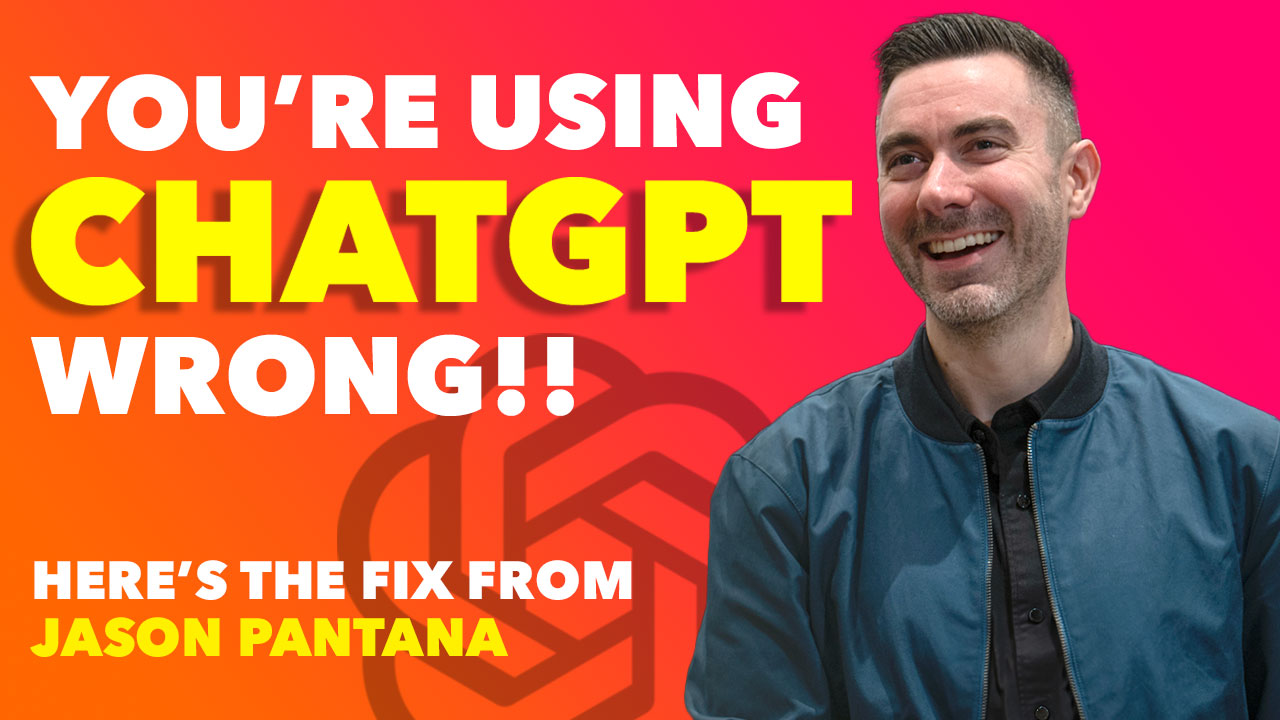


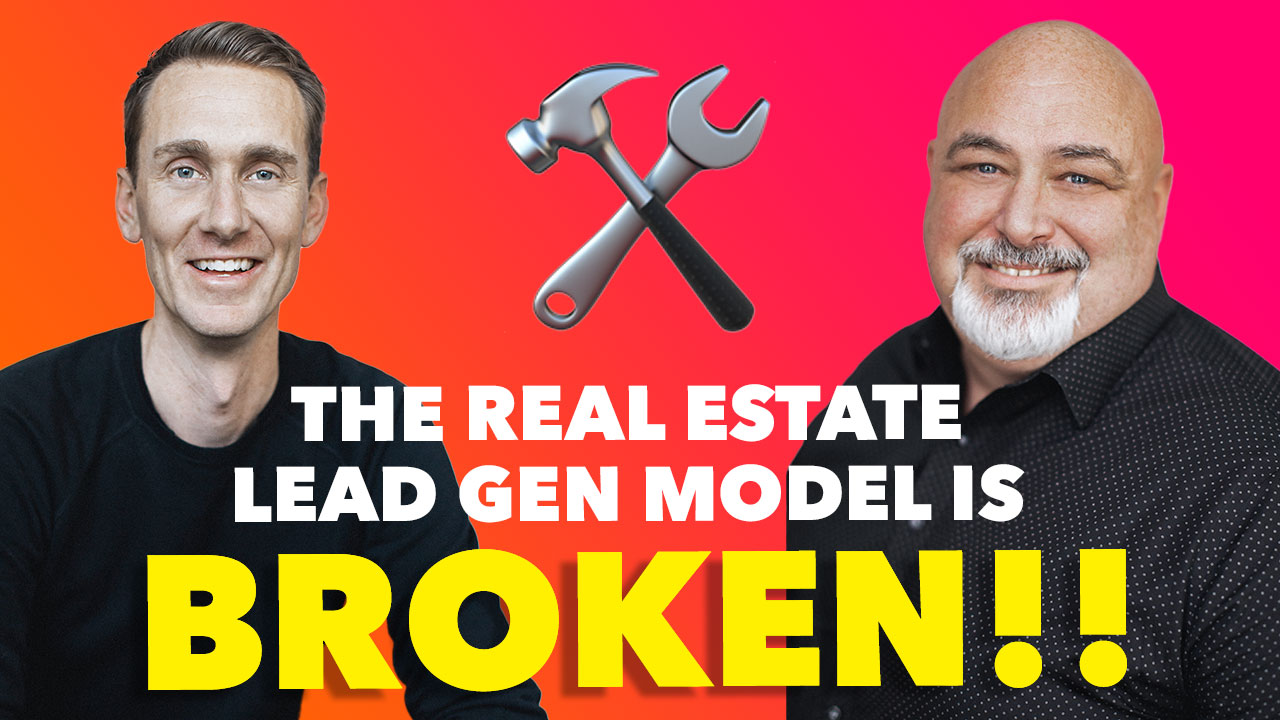

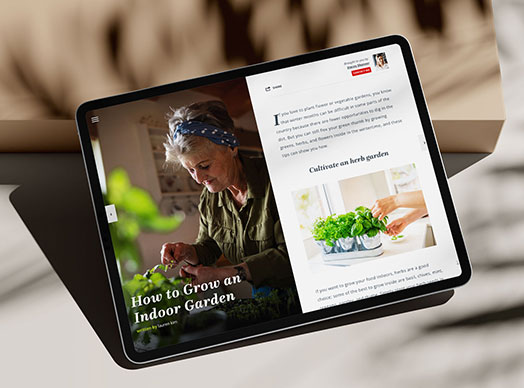

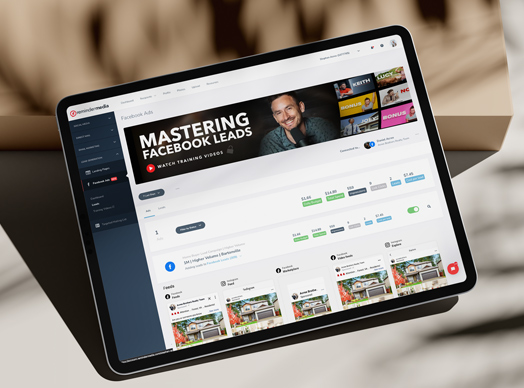




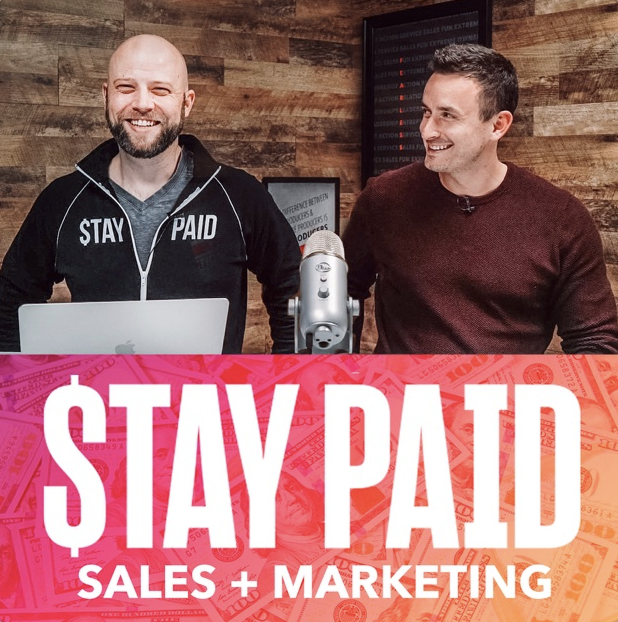
 Soundcloud
Soundcloud iHeart Radio
iHeart Radio Spotify
Spotify Spotify
Spotify


